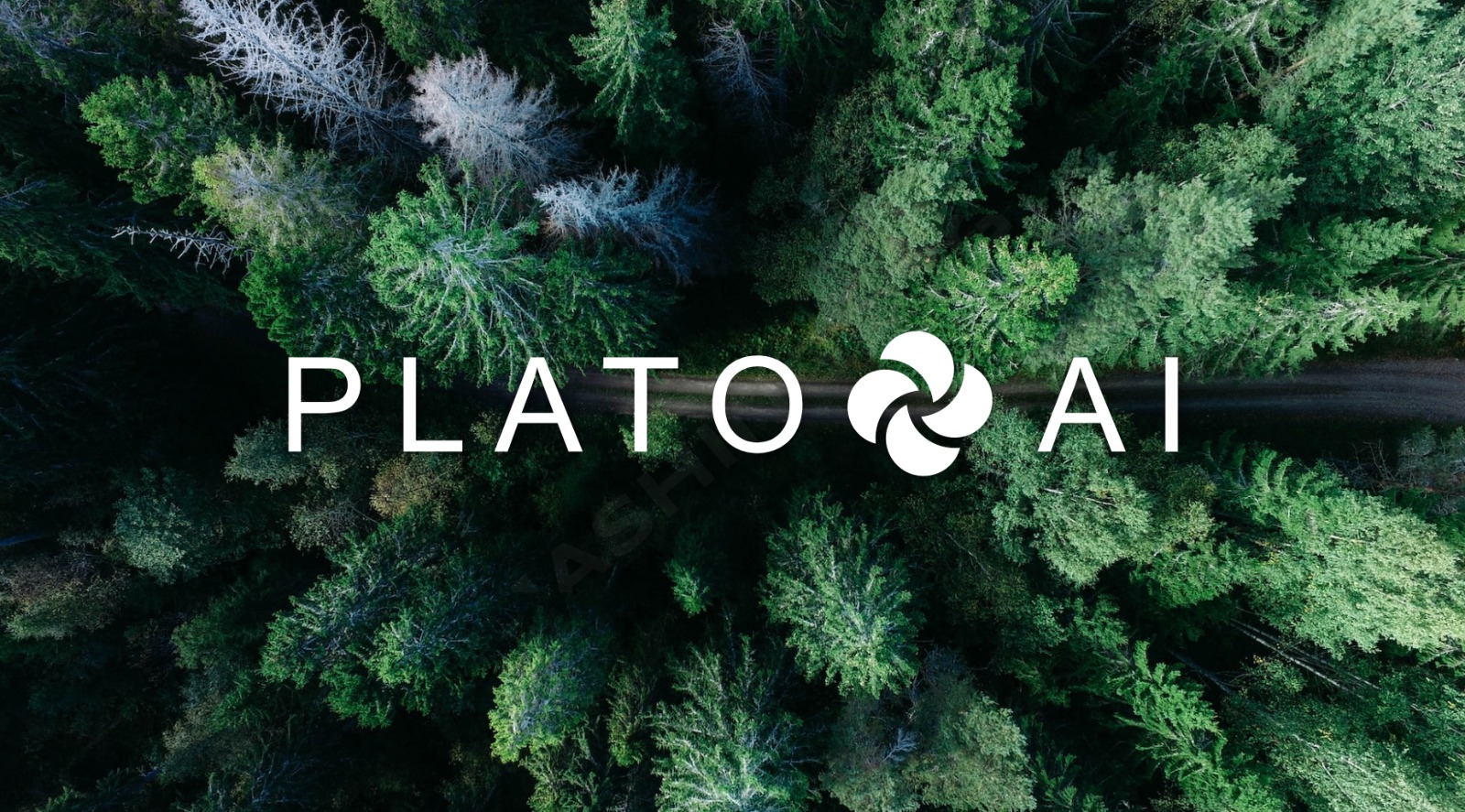Olivina: Exploring a New Mineral for Natural Hydrogen Production and CO2 Capture in the Ocean – Part 1
As the world continues to grapple with the effects of climate change, scientists and researchers are constantly seeking innovative solutions to reduce greenhouse gas emissions and mitigate the impacts of global warming. One promising avenue of research involves the use of olivine, a common mineral found in abundance in the Earth’s mantle, for natural hydrogen production and carbon dioxide (CO2) capture in the ocean.
Olivine is a magnesium iron silicate mineral that is typically green in color and is commonly found in igneous rocks such as basalt. It is known for its high magnesium content and its ability to react with water and CO2 to produce hydrogen gas and carbonate minerals. This process, known as serpentinization, occurs when olivine is exposed to water and CO2 under certain conditions, such as high temperatures and pressures.
Researchers have been exploring the potential of olivine for natural hydrogen production and CO2 capture in the ocean as a way to harness renewable energy sources and reduce carbon emissions. By utilizing olivine-rich rocks in marine environments, scientists believe that they can not only generate clean hydrogen gas for energy production but also sequester CO2 from the atmosphere, effectively reducing greenhouse gas concentrations and mitigating climate change.
One of the key advantages of using olivine for hydrogen production and CO2 capture is its abundance in the Earth’s crust. Olivine-rich rocks are found in various locations around the world, making it a readily available and cost-effective resource for sustainable energy production. Additionally, the serpentinization process is a natural geological phenomenon that has been occurring for millions of years, indicating that it is a reliable and long-term solution for reducing carbon emissions.
In recent years, several research projects have been launched to study the feasibility of using olivine for natural hydrogen production and CO2 capture in the ocean. These projects involve field experiments in marine environments to test the effectiveness of olivine in sequestering CO2 and producing hydrogen gas. Preliminary results have shown promising outcomes, with olivine demonstrating high reactivity with water and CO2 and producing significant amounts of hydrogen gas.
While there is still much research to be done to fully understand the potential of olivine for natural hydrogen production and CO2 capture in the ocean, the early findings suggest that this mineral could play a significant role in transitioning towards a more sustainable and low-carbon energy future. In Part 2 of this series, we will delve deeper into the ongoing research on olivine and explore its implications for combating climate change and promoting renewable energy technologies.
- SEO Powered Content & PR Distribution. Get Amplified Today.
- PlatoData.Network Vertical Generative Ai. Empower Yourself. Access Here.
- PlatoAiStream. Web3 Intelligence. Knowledge Amplified. Access Here.
- PlatoESG. Carbon, CleanTech, Energy, Environment, Solar, Waste Management. Access Here.
- PlatoHealth. Biotech and Clinical Trials Intelligence. Access Here.
- Source: https://zephyrnet.com/olivina-parte-1-um-novo-super-mineral-na-producao-de-hidrogenio-natural-e-captura-marinha-de-co2/


Jones Expresses Desire for Removal of Climate Commission CEO
**Jones Expresses Desire for Removal of Climate Commission CEO** In a surprising turn of events, Senator Rebecca Jones has publicly...